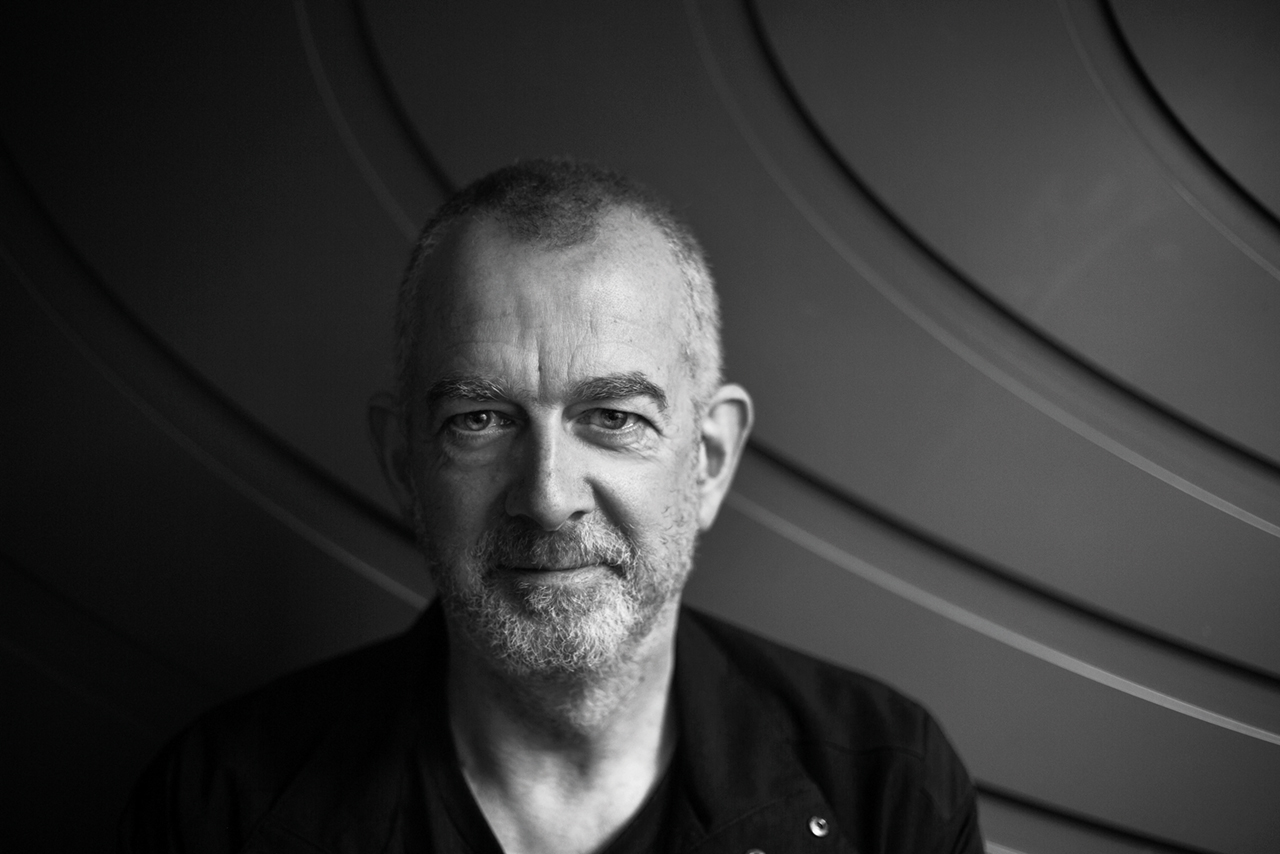Art after dark
DJ turned author Dave Haslam talks about his new book based on Pablo Picasso’s nightlife
Dave Haslam was famous on Manchester’s club scene for his legendary DJ sets at the Haçienda nearly 40 years ago. Now he regularly finds himself stepping down from the DJ booth and picking up a pen. Although his adventures can be seen more now in the pages of a book, the influence of night-time culture is evident in his writing too.
Adventure Everywhere: Pablo Picasso’s Paris Nightlife is the seventh book in Haslam’s acclaimed Art Decades series, covering subjects from the likes of Sylvia Plath and Keith Haring to the far-left Angry Brigade in the early 1970s.
The book explores Picasso’s Paris after dark, detailing the artist’s life and the lively city in the 1900s.
“I would love a time machine go back there. It was a very chaotic, exciting time. And that fed into Picasso’s art,” says Haslam. “In Paris there was adventurous nightlife. You had poets, artists, circus performers, dancers, gangsters – you had them all mixed up, they were all going out to the same places – and that slightly reminded me of some of the eras that we’ve had, say in Manchester in more recent years.”
Haslam can see similarities and differences between Picasso’s France and the modern age.
“I think people find going out at night a chance to dress up, maybe find their identity, find their tribe, their music – to maybe be somebody slightly different to who they are during the day.
“I think it’s still like that now and you get places from Blackpool to Manchester and beyond where there is a kind of madness after dark. It’s slightly uncontrolled and sometimes that can be frightening and intimidating, absolutely, but it also can be thrilling.”
The sense of uncontrolled adventure and all kinds of people bumping into each other in bars and cabaret clubs in Paris isn’t that different to some of the experiences that we have right now, he believes.
“Manchester in the 1980s in terms of nightlife had precedents in previous eras, like Picasso in Paris, like Keith Haring in New York.”
One of the things that surprised Haslam when researching the book was how much Paris, Montmartre and Pigalle had changed. Picasso lived in two adjoining areas that are now very busy, built up and full of tourists.
“At the time Picasso was there, Montmartre was almost on the edge of the city, was almost rustic.”
Haslam spent some time in France while collecting research for the book. He talks about the high-profile community of artists and musicians from Van Gogh to Debussy. This creative community is not dead, he says.
“I find it an inspiring city and you can come across little subcultures that are as intriguing and risk taking as Picasso and his crew 115 years ago. You just have to look a bit harder for it than you once did.
“A city like Paris is full of tourists, which it really wasn’t during Picasso’s era. There were a few rich Americans who hung out in Montmartre and a few arty Europeans but there wasn’t mass tourism that now, obviously changes the whole nature of the city.
“But I think in Paris, just like in somewhere like Manchester or Sheffield or Liverpool or London, or Glasgow, there’s always a cultural underground that people, often younger generations, express themselves through – experimenting maybe in terms of lifestyle or music. You just have to look for it.”
The book took Haslam over seven months to write. “I ended up with so much stuff I just had to leave it out, which breaks my heart, but you can’t write about people like Picasso and Sylvia Plath unless you have a really good grasp of their whole life.
“So even if you’re only writing a snapshot, Plath in 1956, Picasso’s nightlife, you have to know where they came from, or where they’re going to, and where that little moment that you’re trying to capture fits into their life.”
Part of Haslam’s research was walking through the streets of Paris deciphering where Picasso’s hangouts would have been and what they had been replaced with.
“In the book I talk about being in a supermarket by the cheese counter, trying very, very hard to imagine what it would have been like in 1902 when it was a mad underground club. I couldn’t quite imagine it if I’m honest but that was part of the process. And there are other places that Picasso went to that are still there.”
Haslam is now heading out on tour with his book – reading from it before discussing its themes with different hosts, answering questions from the audience, and signing books.

Leave a reply
Your email address will not be published.